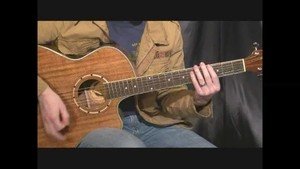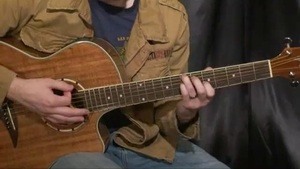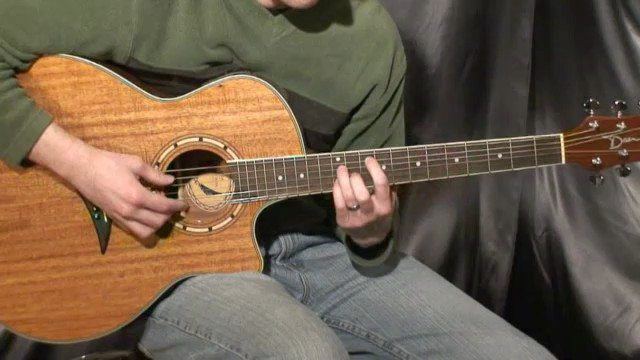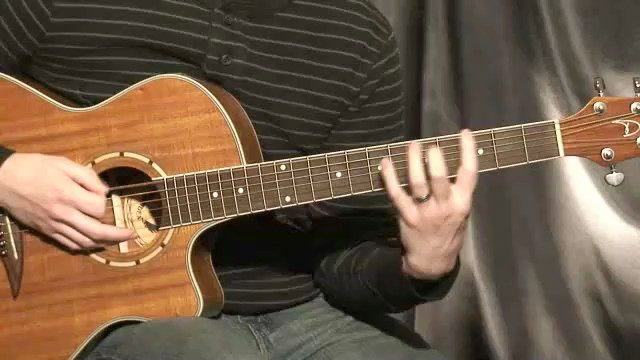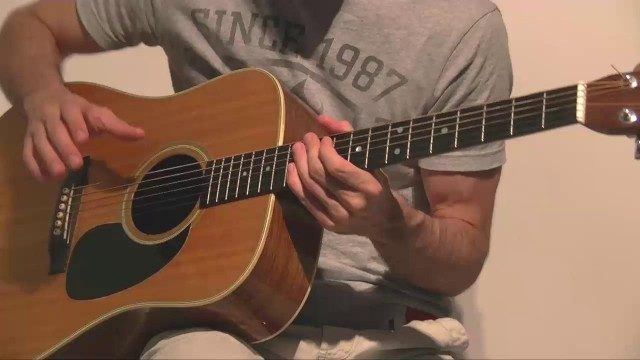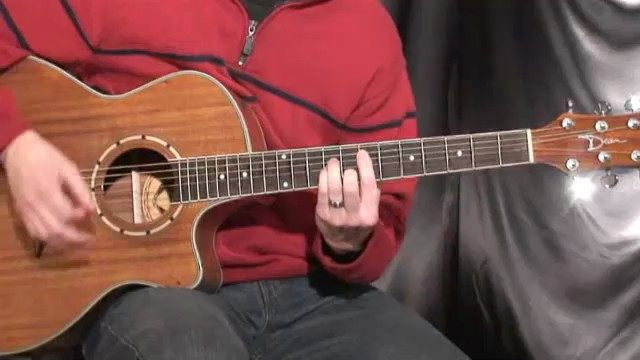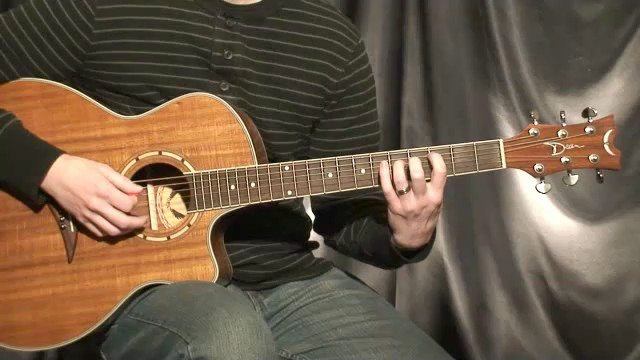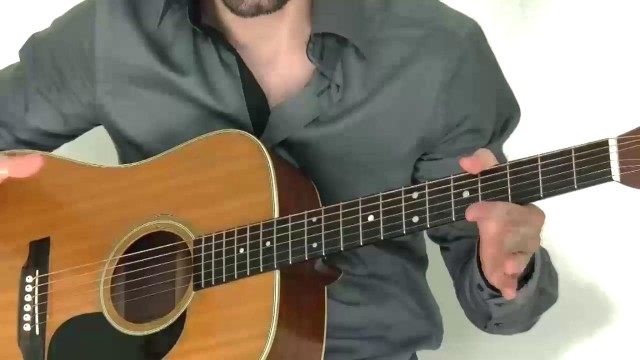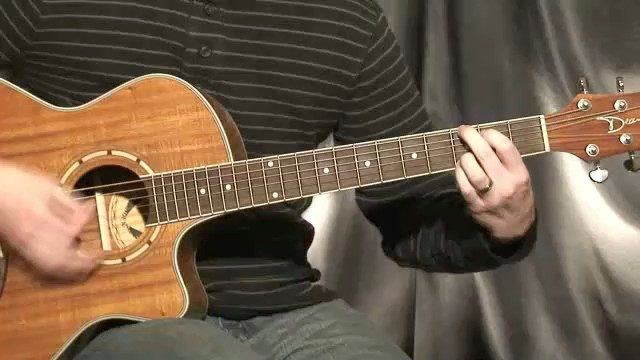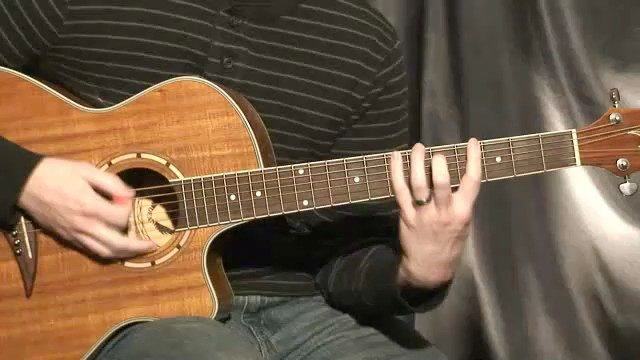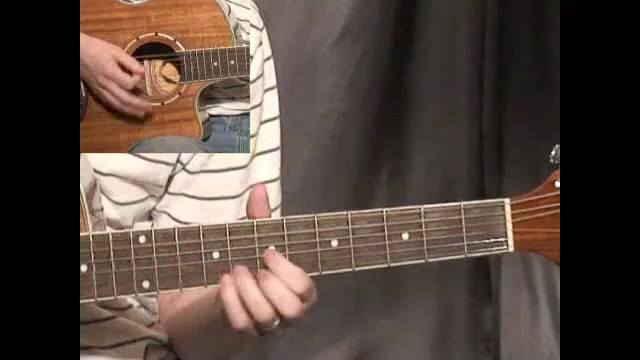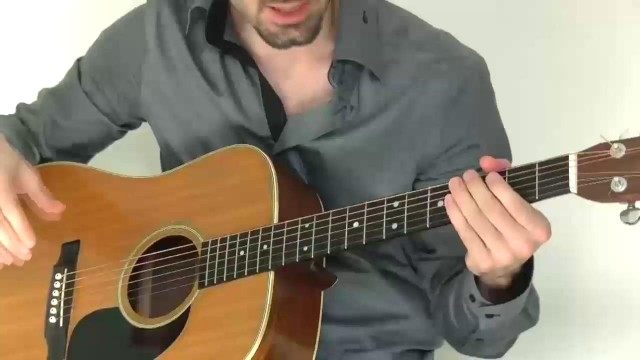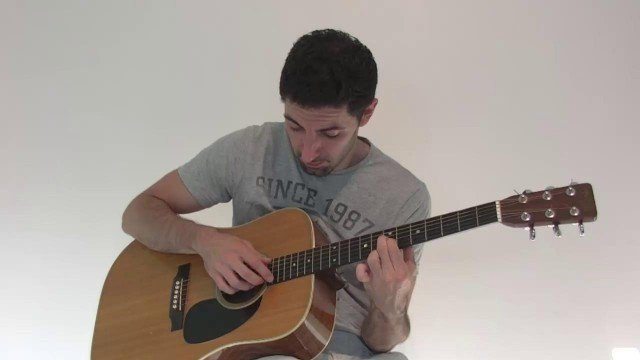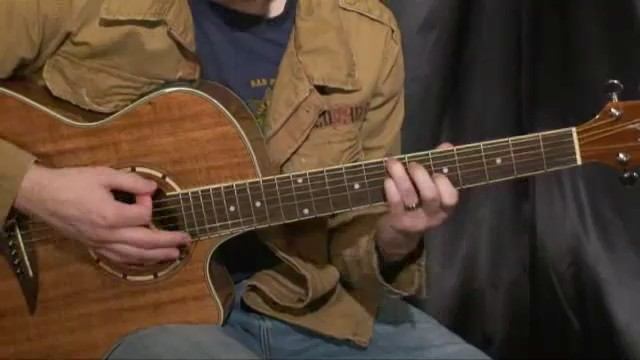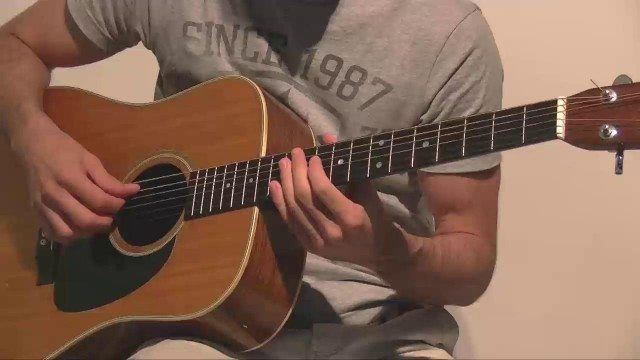Alright, before we start the first exercise, we need to adjust our guitar tuning. From your Low E string to your High E string, the tuning will go as follows: D(6) A(5) D(4) E(3) A(2) D(1)
Let's be sure to learn every part of this riff very slowly. There is a lot going on in each measure, so take your time learning the notes and techniques.
Before the full riff starts, we're going to play 2 quick sixteenth notes using a downstroke, then an upstroke. You'll see this pair of quick 16th notes a couple more times throughout the riff.
Let's observe the 3rd eighth note in the 2nd measure. Notice the text associated with that note? "left-hand mute". To play that note, simply slap your fret-hand fingers on the strings to make a percussive mute sound. When you do this, make sure no notes ring out. You only want to hear that percussive mute sound and that's it.
Now let's check out the 4th eighth note in the 2nd measure. Notice the text? "hammer-on from nowhere and knock on guitar body". When I say "hammer-on from nowhere", that means we're going to take a fret-hand finger (preferably your index) and hammer-on the 5th fret of the 6th string. The hammer-on is "from nowhere" because your picking-hand isn't playing a note before it. When I say "knock on guitar body", that means with our picking-hand, we're going to knock on the guitar body with our knuckles. Doing this adds a nice flavor of percussion to our playing.
Next, observe the last beat of the 2nd measure and the first beat of the 3rd measure, where we see 4 eighth note groupings. For these notes, we're going to be fingerpicking with our picking-hand. The Low E string will be the exception, and will still be played with a pick, but you'll use your middle finger(M) to pluck the 4th string, and your ring finger(A) to pluck the 3rd string.
In the 3rd and 5th measures, you'll encounter a couple rests. Make sure those rests are crystal clear without any unwanted string noise.
Finally, the 4th and 5th measures are very similar to the 2nd and 3rd measures with just a few variations.
Take this riff note by note and watch the video several times to observe all the motions and techniques. Have fun with it! Once you have it down, I'll see you in the next lesson...


